Sonja is a new gallery, café, and shop on a charming island you reach by boat
Tina KovačićekNovember 7, 2025

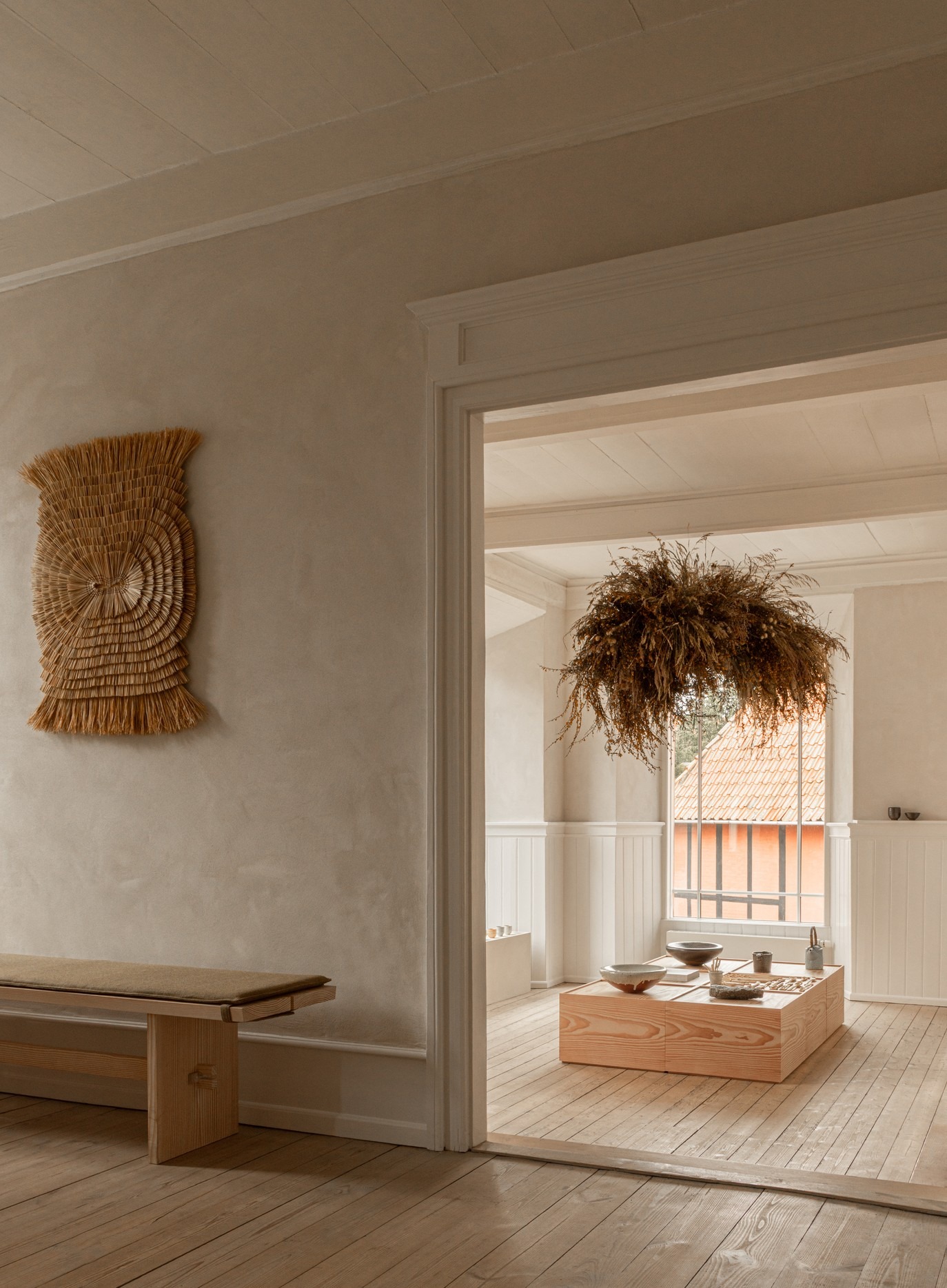
November 7, 2025
Imagine waking up in the morning with nowhere to rush. (Almost unimaginable these days.) You think about where to have your first cup of coffee, somewhere you can see whether the sea is calm or rough, whether the wind is blowing, what the air smells like, and if the sun will show up in the sky. That’s how I picture life on an island — maybe someday in the future. And if that island happened to have a gallery, a café, a shop, and a bookstore all in one place, that would truly be the place to be.
Spoiler alert — it actually exists! On the northern tip of the island of Bornholm, in the small seaside town of Allinge, Denmark, you’ll find the newly opened Galleri Sonja: a café, shop, and gallery shaped by the “rugged coastline of the island and its deeply rooted craft traditions.” Just reading that description, I thought — I already like it.
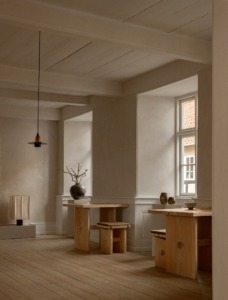
Courtesy of Norm Architects
Birgit Lyngbye Pedersen and Jimmy Olesen fell in love with this charming, windswept Danish island by chance. During the lockdown, they started visiting more often and discovered the calm and beauty its landscape brought into their lives. Over time, they became owners of a holiday home on Bornholm, and recently they opened Sonja. Wondering where the name comes from?
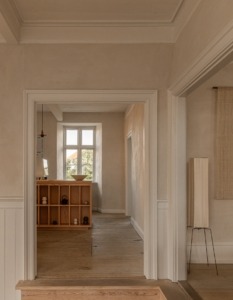
Courtesy of Norm Architects
Birgit became the project director for the planned museum dedicated to Sonja Ferlov Mancoba, the renowned Danish sculptor. The museum will be built on Bornholm and designed by world-famous architect Tadao Ando. For her, seeing the island through the Japanese master’s eyes was a revelation. As she puts it, she discovered Bornholm through “the special light that exists here and there,” and through the calm that such a landscape brings into one’s life when you know how to listen to it. In honor of the great things yet to come on this island (which can be reached by boat or plane), Birgit and Jimmy opened Sonja, entrusting the project to the visionaries at Norm Architects. “The project was born out of a shared ambition: to create an environment that celebrates simplicity, tactility, and the quiet beauty of natural materials,” the architects explained, emphasizing that every detail in Galleri Sonja was shaped with intention. “The interior unfolds as a composition of subtle contrasts: light and shadow, smooth and textured, refined and raw. Soft hues of sand, ash, and stone mirror the landscape outside — the granite cliffs, seaweed, and the pale northern light streaming through the windows. As the day passes, the light slowly moves across surfaces of oak, linen, and paper, revealing a quiet poetry within their textures. This tactile honesty forms the essence of the project.”
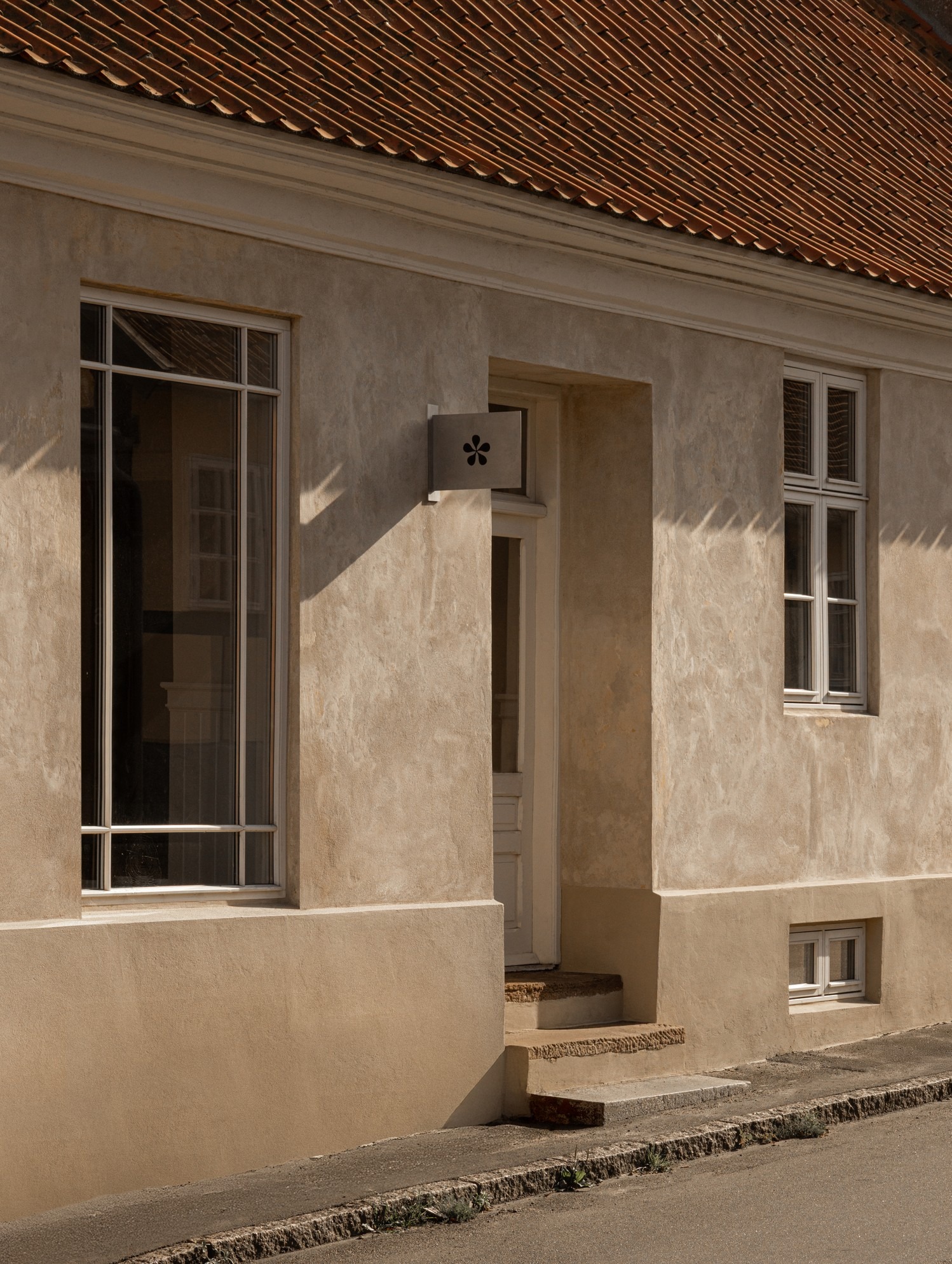
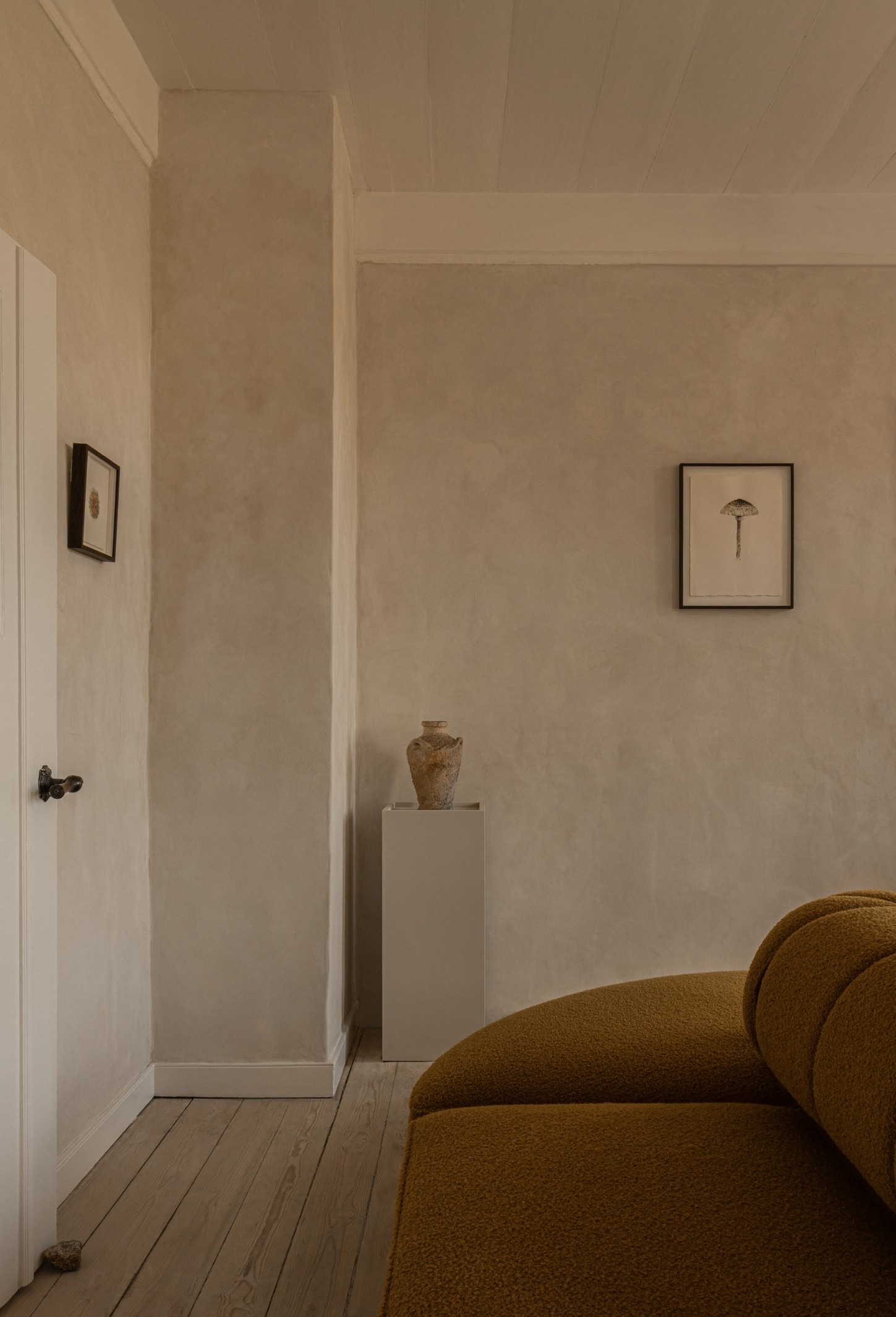

Everything was carefully considered, deeply, gently, just like at the beginning of the story, as if no one were in a hurry. That is exactly how the interiors and projects of this renowned Danish studio usually feel. The furniture and fittings were custom-made, creating a seamless dialogue between architecture and craftsmanship. Sculptural chairs, benches, and tables connect traditional woodworking techniques with Scandinavian architectural restraint; their forms are simple yet expressive, designed not to dominate the space but to support the activities and encounters that unfold within it. The tables and chairs can be rearranged to suit both intimate gatherings and larger events.
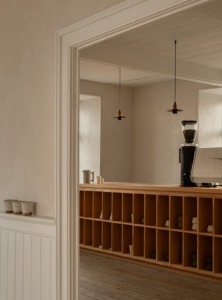
Courtesy of Norm Architects
“The philosophy behind the design of Galleri Sonja embodies soft minimalism, the core principle of our work at Norm Architects, where Japanese simplicity meets Scandinavian functionality, and subtlety becomes a form of richness,” the architects explained — and I really like the way they describe their view of minimalism. “Here, minimalism is not an aesthetic of absence, but of essence; a way for materials, light, and form to speak with quiet confidence.”
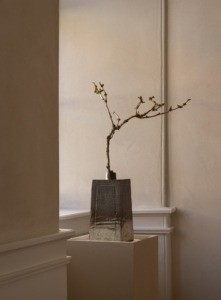
Courtesy of Norm Architects
Throughout the café and gallery, carefully chosen details enrich the sensory experience. The ceramics, handcrafted specifically for this space, accompany daily rituals — a quiet reminder of how design and craftsmanship intertwine in everyday life. Displayed alongside works by local artists and Japanese masters, they become part of a broader story about connection, patience, and presence. “The link between Japan and Bornholm creates a conceptual thread that runs through the entire space. Although geographically distant, the two islands share a deep kinship; both are shaped by isolation, defined by craftsmanship, and sustained by a lasting respect for nature and time.”

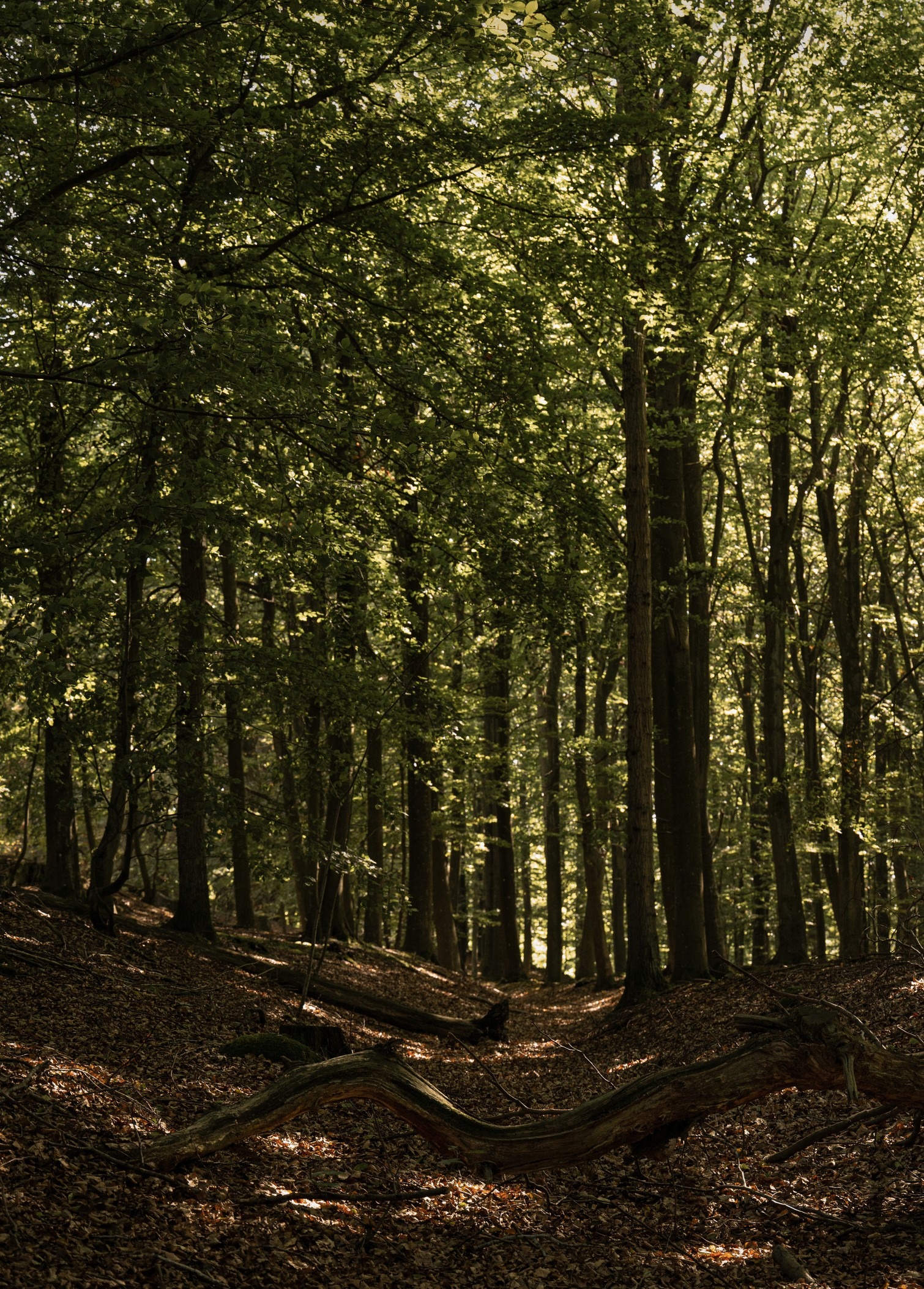
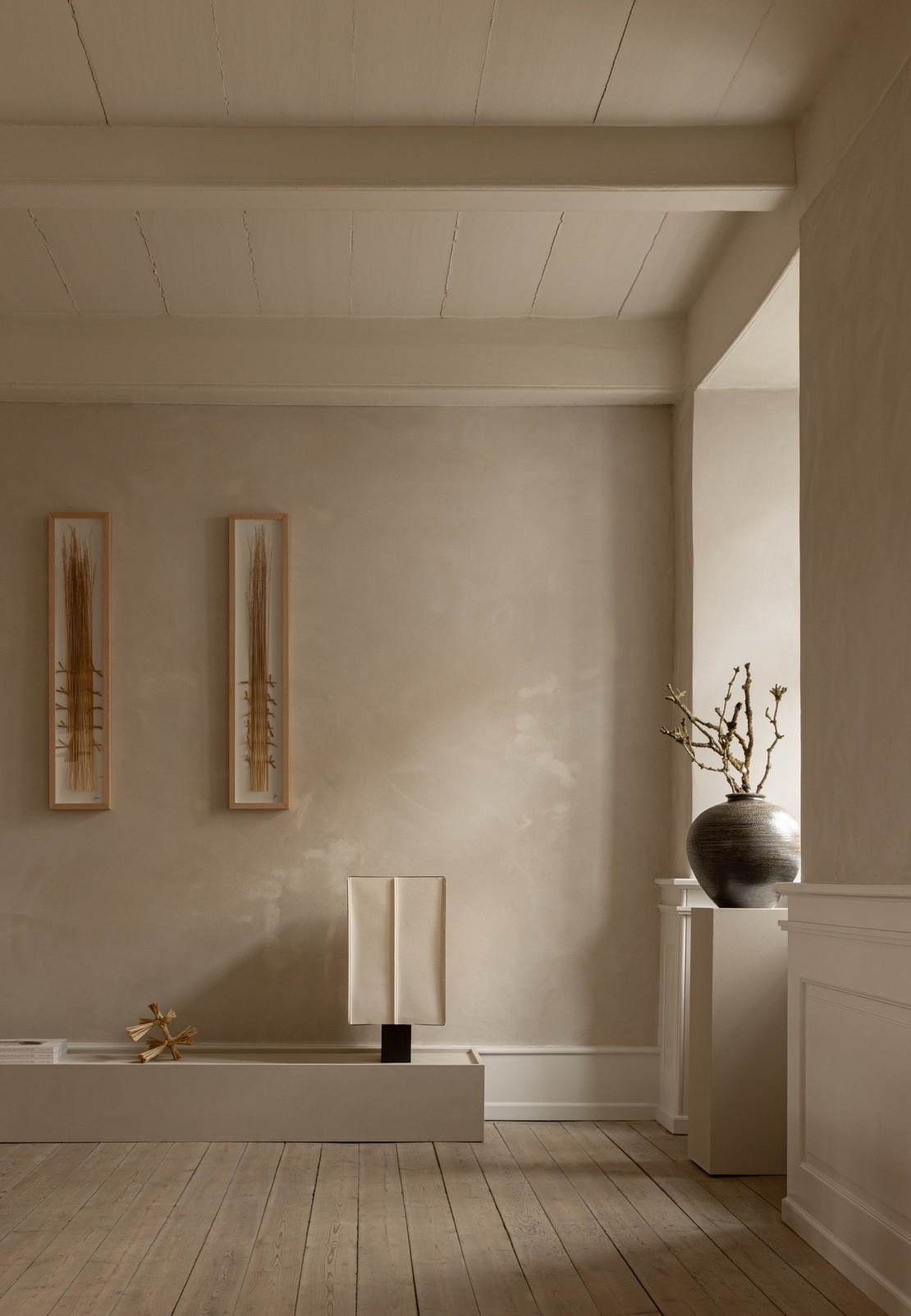

Outside, an intimate garden surrounded by old fruit trees and the gentle sound of the sea becomes a natural extension of the interior — a place for a pause, a conversation, or simply being. The atmosphere feels both familiar and timeless, as if the space had always belonged to its surroundings. The architects once again emphasize that in a time defined by speed and excess, the gallery offers something rare: an invitation to slow down, observe, and reconnect with the tactile world around us. It reminds us that beauty hides in the simplest things — the warmth of wood beneath your hand, the soft sound of rain tapping on the window, the quiet company of objects made with care.
I think, in the end, I could have called this piece How the Danes Gave Me Another Lesson in Design. For the Second Time.